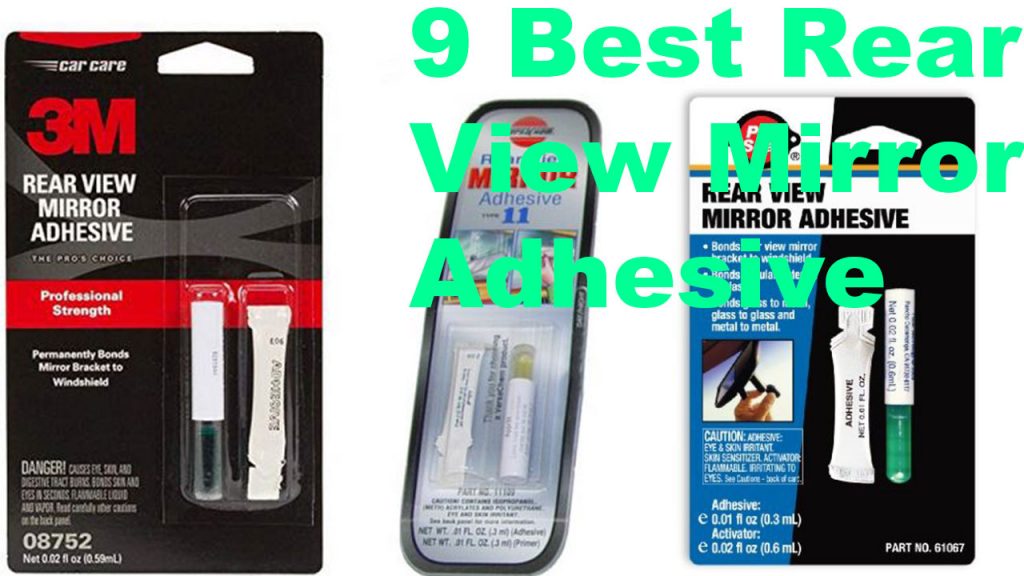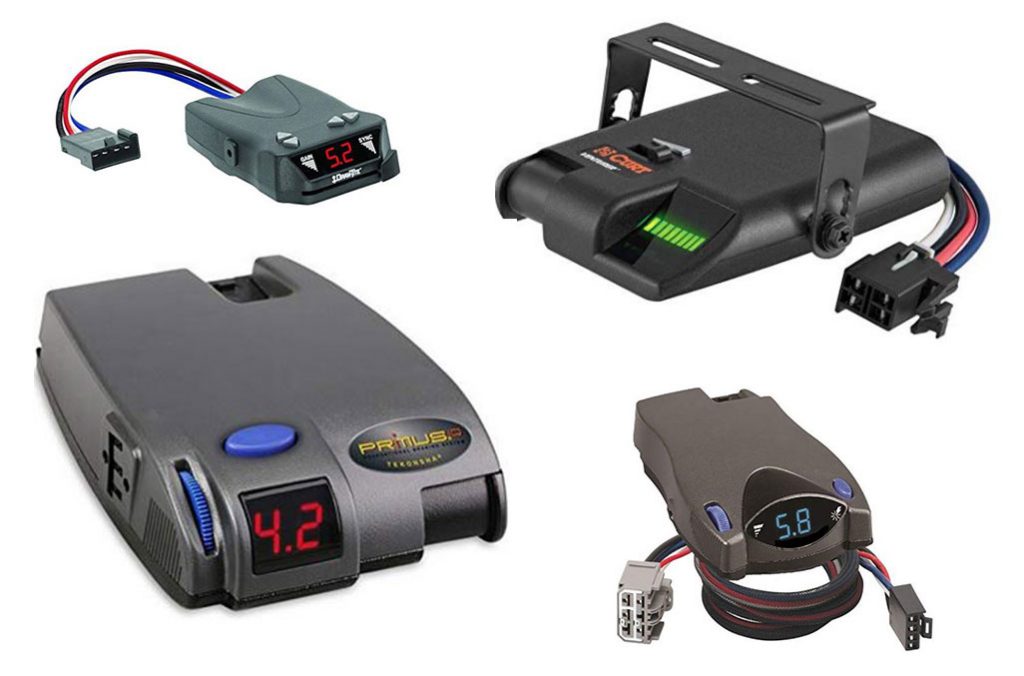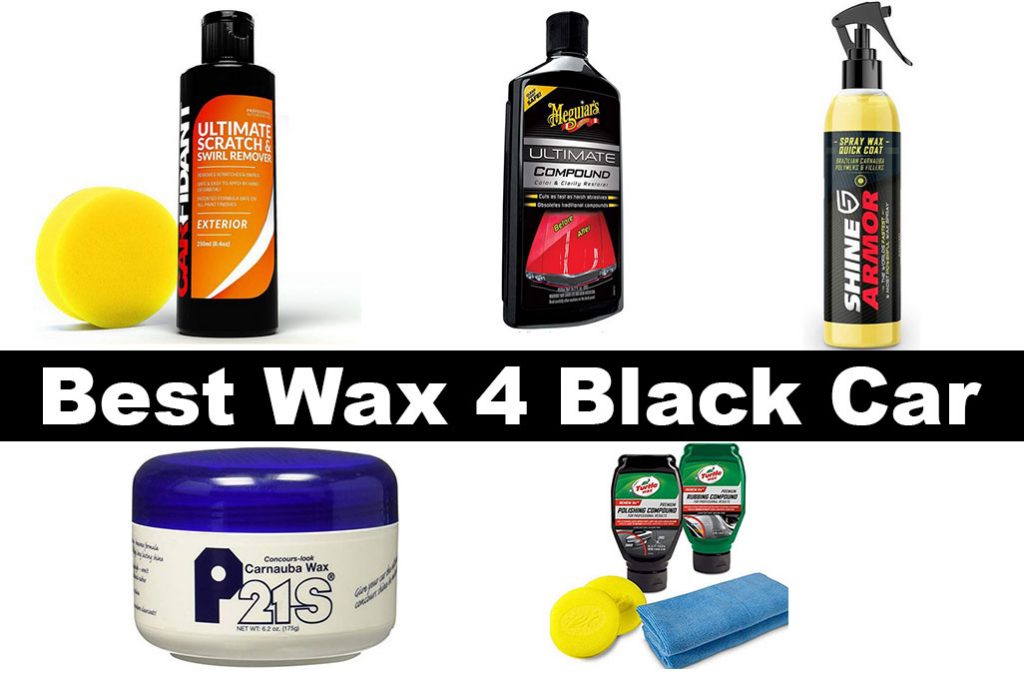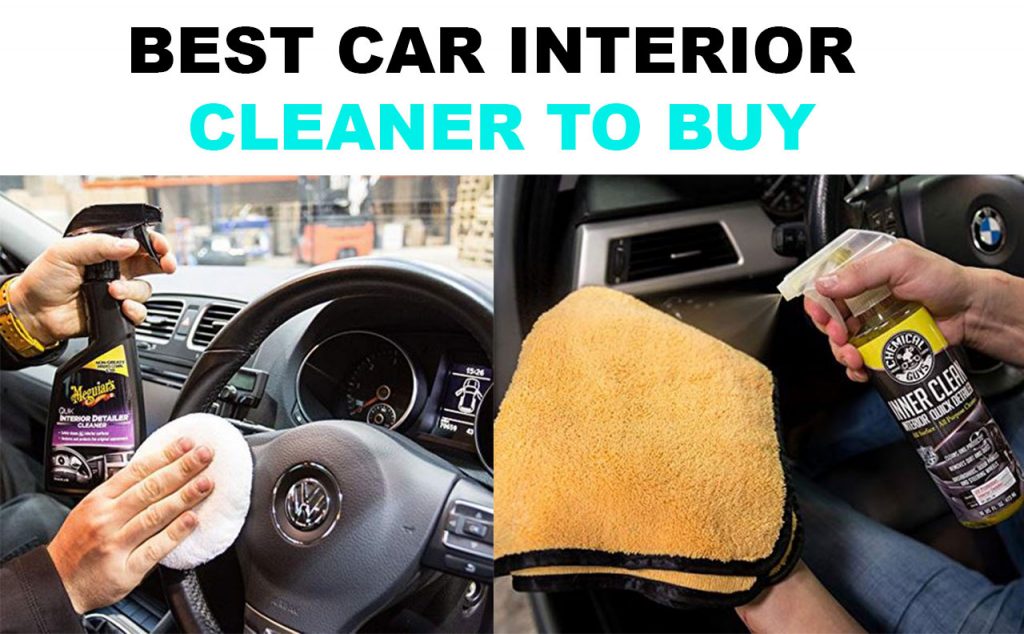This is the article if you are looking for a comprehensive guide on road trip essentials or you are going on a road trip. As an adventurer, one should get every now and then. It is a unique way to experience and explore the world while allowing you the freedom to travel relaxed and at your own pace. With road trips, you get to experience multiple new destinations up close while on your way to your final destination. However, in other to ensure, a smooth, enjoyable, and stress-free journey, you need the right packing of the right essentials is crucial. This will be your comprehensive guide for your next Road Trip Essentials Checklist that will help you prepare for your next road trip effectively, covering everything from safety gear that will need to prevent incontinence, navigation tools to comfort items, and finally entertainment so you don’t get bored.
First off, let’s start with your car safety and some of the Maintenance needs or work you have to get done on your car before ever going on a road trip especially; if you are going with your own vehicle and not something like a bus or public transport.
1. Vehicle Safety Essentials

Pre-safety and maintenance road trip essential checklist
So, you’re about to head out on a road trip? You have to make sure your vehicle is in tip-top shape. I guarantee you, there’s nothing worse than breaking down in the middle of nowhere with no help or people around to even assist that’s why you have to make sure your vehicle is in good condition to take you all the way to your destination without breaking down on the road or halfway which why this is one of the road trip essentials on our list here.
Before we even proceed, I want to ask you yourself:
When was the last time I did maintenance work on my vehicle?
I’m talking about oil changes fluid changes and other general vehicle maintenance work. If you have not done that for over three months you need to get that done. Take a vehicle to a service Centre to have it done.
Or you can follow our guide here on how to change oil and do proper maintenance work for your vehicle.
Of you can continue reading to do this yourself.
And if you decide not to go to a mechanic service centre for maintenance here is what you need to do to get a vehicle ready for your road trip and adventure:
1. Check Tire Condition and Tire Pressure
First off, you need to inspect your tires to make sure that they are in good condition and can take you all through your journey. You have to really do this even if you know your tires are fairly new, you must check the tread depth.
To check the tread depth of your tires; you want to use the penny test or a tread depth gauge to certify that the tire does not need replacing. And also, make sure your tire pressure is spot on. If you don’t, you’ll end up with poor fuel efficiency and possibly a flat tire
And some time flat tire might still happen even with all these safety measures and checks, this is why you also need to carry a spare tire and Jack in your trunk, no matter what.
Now how do you do a tread depth check?
To check the tread depth of your car tire, use a tread depth gauge or the penny test as said earlier.
If you are using a tread depth gauge,
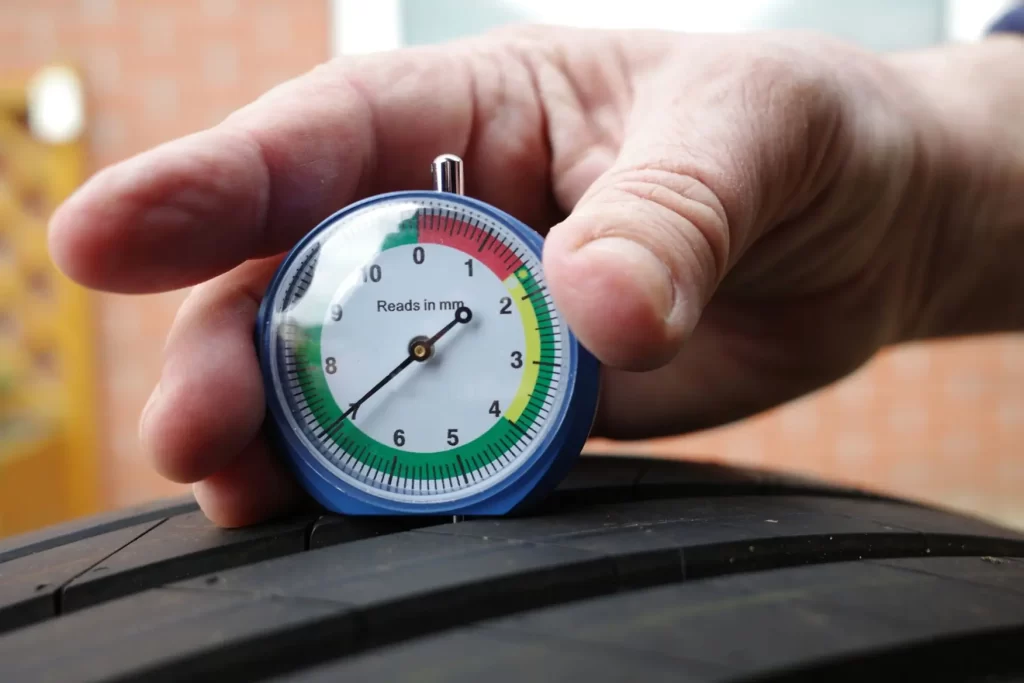
- You want to start by inserting the tread depth gauge probe into the tire tread grooves.
- Next, you want to press the shoulders flush with the tread, and the gauge will show the depth of your tire, the optimal depth should be at least 2/32 of an inch.
- If it reads below 2/32 of 1 inch then, know that you will need to replace the tire before embarking on your trip.
Next, if you are doing a penny test.
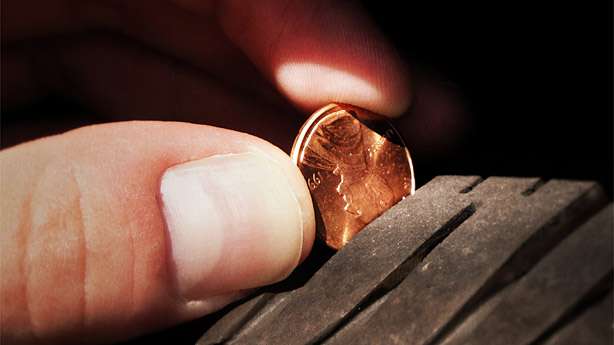
- Start by inserting a penny into the tire tread with the Lincoln’s head facing down.
- When you have inserted your penny coin in the tire tread should not be able the top of Lincoln’s head.
- But if you can see the top of Lincoln’s head, that means that your tread is less than 2/32 of an inch deep, which is an indication that your tire needs replacing.
2. Test Battery Health
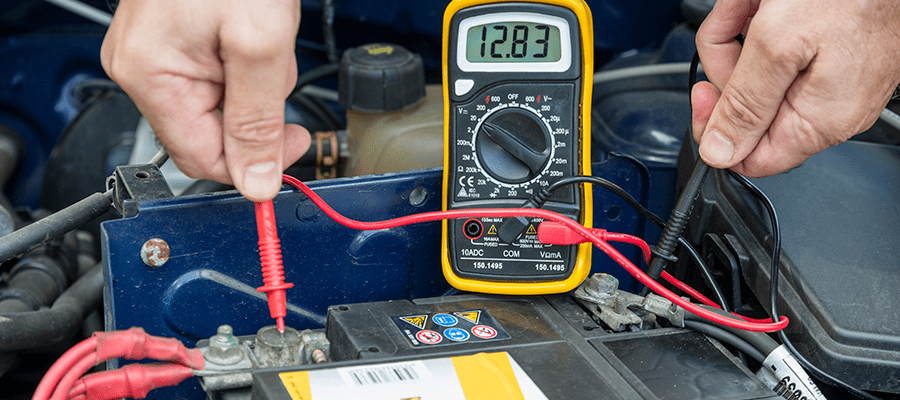
Next, take a look at your battery. You need to do a visual inspection for any corrosion on the battery terminals. If there are corrosions or any gunk, you have to clean them up. Also, you want to use a multimeter to check the battery voltage.
And if it’s below 12.6 volts, you really have to consider charging or replacing it. If you don’t, you might end up needing a jump start in a remote area. If you don’t wanna change the battery yet, you can just carry a jumpstart just for safety. Here is a very portable one that I recommend.
3. Examine Fluid Levels

Before going on your long road trip, you must check all your vehicle’s fluid levels. This includes:
- Engine Oil: The oil level should be between the “min” and “max” marks on the dipstick. If it’s below the “min” mark, add oil until it reaches the correct level.
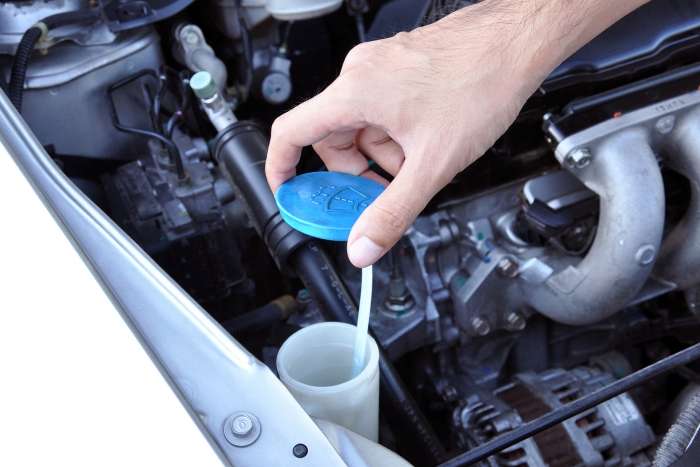

- Transmission Fluid: The fluid should be between the “add” and “full” marks on the dipstick when the engine is warm and running. If it’s low, add the recommended type of transmission fluid.
- Coolant: The coolant level should be between the “low” and “full” marks on the side of the coolant reservoir. If it’s below the “low” mark, add a mixture of coolant and water as specified in your vehicle’s manual.
- Windshield Washer Fluid: Keep it filled for a clear view.
- Multi-tool: A good multi-tool can be invaluable for various minor repairs and adjustments. Choose one with multiple functions, including a knife, pliers, and screwdrivers.
4. Inspect Brakes
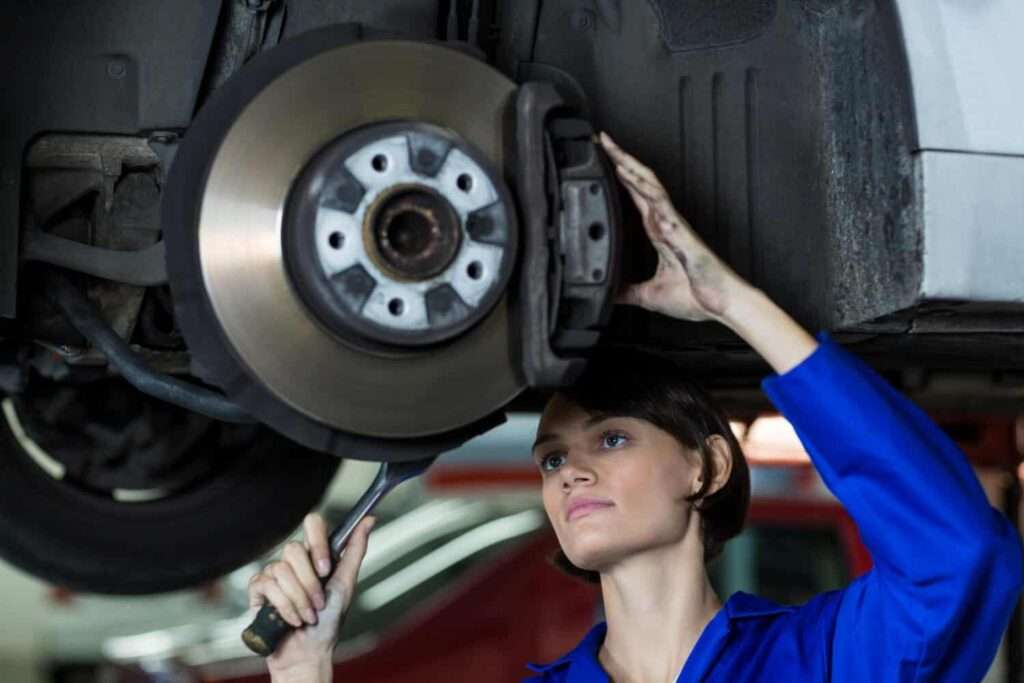

I’m sure you won’t deny knowing how your brakes are important for a trip like this when you’re leaving your main city on a long road trip. You better not have a bad brake because anything can happen on the road.
Be it a bear running out from the first to the road, or a bird flying into your windshield and blocking your view,or a sudden bump or porthole on the road where you didn’t expect. so your brakes are very important and not something to be neglected.
How to inspect your car brake properly?
- To inspect your brake, you want to start by listening for any squeaking or grinding noises when you drive while you are turning your steering wheel or even when you are reversing.
- If you hear any sound of cool grinding noises, especially when they were not there before after you’ve had your brakes changed or fixed, then know that it’s a sign of worn-out brake pads.
- Also, test and look out for your brake’s response time. You want to make sure the brakes are respondingquickly and effectively. If they feel spongy, Vibrating, Squealing, or Grinding or take long to respond, you might need to bleed the brakes or top up the fluid or better still, have you mechanic check them.
5. Verify Lights and Signals
You need to make sure all your lights are working:
- Headlights and Taillights: Replace any burned-out bulbs. If you don’t, you risk a ticket or worse, an accident especially during the late hours if you’re travelling will lead you to tonight’s time depending on your location and distance.
- Turn Signals and Hazard Lights: Check they’re all functioning properly.
- Brake Lights: Ensure they illuminate when you press the pedal. If not, you’ll need to fix them to avoid rear-end collisions.
An easy way to do all this it’s just to have a friend or a family member your husband anything else stand behind you while you try to trigger each of these lights.
6. Test Wipers and Clean Windshield
Never make the mistake of ignoring your wipers. Inspect the blades for wear and replace them if they streak. Clean your windshield thoroughly to ensure maximum visibility. And also remember to fill in the wiper fluid I already covered this before, but just a reminder.
7. Check Hoses and Belts
Inspect all hoses for leaks, cracks, or soft spots. Replace any that looks worn or that you suspect is not in their full form. Do the same with belts; look for wear, fraying, or cracks. Make sure they’re tight and in good condition.
8. Emergency Kit and Tools
You really have to have an emergency kit:
- Spare Tire and Jack: Ensure they’re in good condition. If you don’t know how to change a tire, practice nowbefore you embark on your journey.
- Jumper Cables: Essential for a dead battery.
Additional Basic Tools you might need are:
- A multi-tool,
- flashlight,
- Reflective triangles,
- And a first aid kit/box
9. Review Documentation and licenses.
Finally, make sure to check that your car insurance and vehicle registration, and licensing are all up to date and easily accessible for when they are asked off. You never know when and where you might need while on your trip.
Also, do not forget to put your car’s owner’s manual in the glove box and compartment in front of your car by the passenger sit wing because – you really can not tell when you’ll need to refer to them or need it.
2. Navigation and Technology
Navigation Tools
As you embark on your road trip, you need reliable navigation tools is an essential part of the journey to avoid getting lost and to plan the best routes to get to your destination faster:
- GPS Device or Smartphone with map app: Ensure your GPS device or smartphone is up to date with maps and navigation apps like Google Maps or Waze which are some of the most reliable and have a wide coverage of various locations. Consider offline maps for areas with poor signal and it might also be necessary to learn how to read maps if it is not something you know to do.
- Paper Maps: In case of a technology failure, paper maps of your route can be a lifesaver. They are also great for planning and visualizing your journey.
- Compass: A simple compass can help with basic navigation if all else fails. It’s a low-tech backup that doesn’t rely on batteries or a signal.
Technology and Gadgets
These gadgets can enhance your road trip experience:
- Charger and Power Bank: Keep your devices charged with a car charger and a portable power bank. Choose a power bank with multiple USB ports for convenience.
- Mount for Phone or GPS: A mount ensures you can view navigation directions safely while driving. Look for a sturdy, adjustable model that fits your device.
- Portable Wi-Fi Hotspot: Stay connected on the go with a portable Wi-Fi hotspot. This is especially useful for working remotely or staying in touch with family.
- Camera: Capture memories with a good camera. Don’t forget extra batteries and memory cards. A small tripod can also be handy for group photos or long-exposure shots.
- Bluetooth Speaker: Enhance your in-car entertainment with a portable Bluetooth speaker. Look for one with long battery life and good sound quality.
3. Personal Road trip essentials
Identification and Financial Items
Always keep your personal identification and financial items secure and easily accessible:
- Driver’s License: Always have your driver’s license with you. Ensure it’s valid and renewed if necessary.
- Credit and Debit Cards: Carry multiple forms of payment. Notify your bank about your travel plans to avoid any issues with card usage.
- Cash: Have some cash on hand for tolls, parking, and places that don’t accept cards. Small bills are especially useful.
- Emergency Contact Information: Keep a list of emergency contacts and any important medical information. Include phone numbers and addresses.
Health and Hygiene
Staying healthy and clean on the road is crucial:
- First Aid Kit: Include bandages, antiseptic wipes, pain relievers, and any prescription medications. Add items like tweezers, a digital thermometer, and allergy medication.
- Toiletries: Pack toothbrush, toothpaste, deodorant, shampoo, conditioner, soap, and a razor. Travel-sized containers save space and are easy to manage.
- Hand Sanitizer and Wet Wipes: Keep these handy for quick cleanups. They are especially useful when soap and water are not available.
- Sunscreen and Insect Repellent: Protect your skin from the sun and bugs. Choose products that are suitable for your skin type and activity level.
- Face Masks and Sanitizing Supplies: Essential for maintaining hygiene and safety, especially in crowded or public places.
Clothing

Pack versatile clothing that suits various weather conditions and activities:
- Weather-Appropriate Clothing: Before packing your clothes think of the weather for the location you are heading toward and what you might need for the various changes. For instance, might want to pack layers and type clothes style to accommodate changing weather conditions. Include items like a lightweight jacket, sweaters, tops or tank tops, blowses, and T-shirts.
- Comfortable Footwear: Bring comfortable shoes for driving and exploring. Consider packing a pair of hiking boots if you plan on outdoor activities.
- Rain Gear: Include a waterproof jacket and an umbrella if you think it might rain or if rain or possible during the season of your road trip. A compact, foldable umbrella-like these ones here is easy to store.
- Swimwear: If your trip includes beach stops or pools. Don’t forget flip-flops and a beach towel. Here are some swimwear for women to look for something you may like. And here are some swimwear for men to check out.
- Laundry Bag: A small bag for dirty clothes keeps them separate from your clean items. When choosing a laundry bag choose something that is light and made with clothing material so it is easily folded and fits into a tinny space when not in use to reduce clutter. A Lounddry bag is particularly one of the Long Road Trip Essentials, especially if you are going to sleepover and change clothes.
4. Comfort and Convenience

In-Car Comfort
Make your car a cozy and pleasant environment:
- Travel Pillows and Blankets: For comfortable naps during long drives. Look for compact, easy-to-pack options. I suggest you go for inflatable ones so they can easily be put away when not in use and so it does not take up space. See the one I recommended here for the pillow and for the blanket choose from here.
- Window Shades: To block out the sun and keep the car cool. They are especially useful for young passengers and pets. see options here.
- Reusable Water Bottles: Stay hydrated with refillable water bottles. Choose insulated bottles to keep drinks cold or hot. I particularly love this Vacuum Insulated Water Bottle by STANLEY IceFlow
- Snacks: Pack a variety of healthy snacks like nuts, fruits, granola bars, protein bars, etc., and some indulgent treats for occasional cravings. This article here will show you some other snacks you park for your trip but off cause feel free to pack what snacks you love and prefer.
- Cooler: Keep perishable items fresh with a portable cooler. Consider an electric cooler that plugs into your car for extended trips. Here is one you want to checkout
Accommodation and camping Supplies
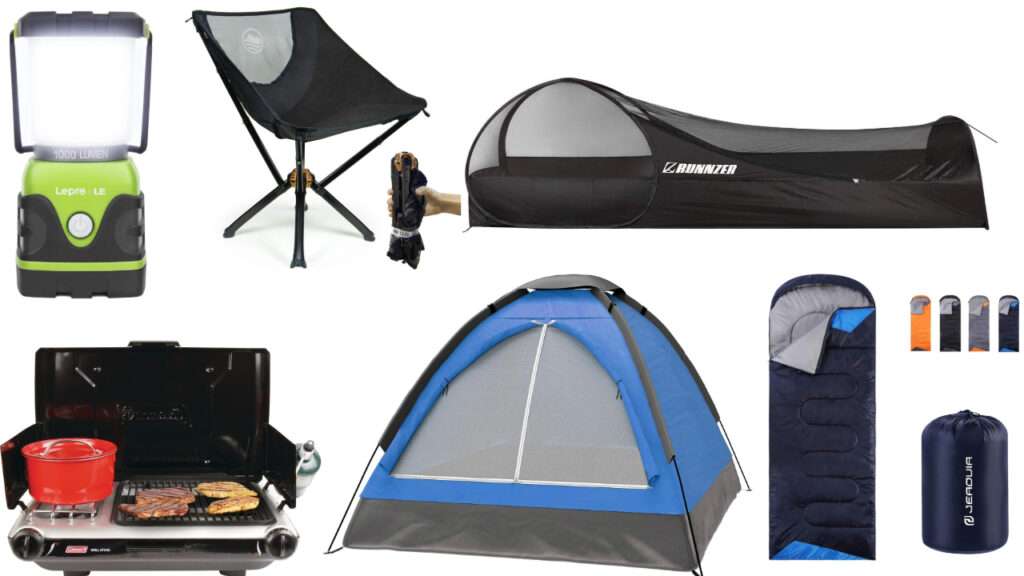
Whether you’re camping or staying in motels, these supplies can enhance your experience:
- Tent and Sleeping Bags: If you plan on camping, ensure you have a reliable tent and sleeping bags. Test your gear at home before your trip. Here are some tent and sleepover camping options for you.
- Camping Stoves and Utensils: For cooking meals at campsites. Don’t forget fuel, matches, and a portable grill if desired.
- Portable and Colapsable Chairs: Comfortable seating for outdoor relaxation. Choose lightweight, foldable chairs.
- Lanterns and Flashlights: Essential for lighting up your campsite. Rechargeable models are convenient and eco-friendly.
Please note that these items above are only needed if it is a road trip that you wish to sleep over otherwise carry your food in your cooler.
5. Entertainment and Activities
In-Car Entertainment
Keep everyone entertained during the journey this is another Long Road Trip Essentials you might want to consider, if you and your travel companion’s experience very enjoyable and memorable:
- Audiobooks and Podcasts: Download a variety of audiobooks and podcasts for engaging entertainment. Choose genres that appeal to all passengers.
- Music Playlists: Create playlists of your favorite music. Include a mix of upbeat and relaxing tracks.
- Games and Puzzles: Bring travel-sized games and puzzles to keep passengers entertained. Classic games like cards or travel-sized board games are great choices.
- Books and Magazines: For some quiet reading time. E-readers are a space-saving option, allowing you to carry multiple books.
Related article:21 Professional Car Detailing Secrets and Hack Tips Only the Pros Know
Outdoor and Destination Activities
Make the most of your stops with fun activities:
- Binoculars: For bird watching and enjoying scenic views. A lightweight, compact pair is ideal for travel.
- Hiking Gear: Include sturdy shoes, a daypack, and trekking poles if you plan on hiking. Don’t forget a hat and sunscreen.
- Sports Equipment: Bring items like a football, frisbee, or volleyball for some active fun. A portable net can add to the excitement.
- Swim Gear: Don’t forget goggles, snorkels, and inflatable toys for water activities. A waterproof phone case can also be handy.
6. Miscellaneous Road Trip Essentials
Travel Documents
Keep all necessary travel documents organized and easily accessible:
- Reservations and Itineraries: Print out or have digital copies of your accommodation and activity reservations. A travel organizer can help keep everything in one place.
- Passports: If your road trip crosses international borders, ensure you have your passports. Check visa requirements for each country.
- Emergency Roadside Assistance Membership: Consider joining an emergency roadside assistance program for added peace of mind. Programs like AAA offer various services, including towing, battery replacement, and more.
Practical Items
These items can prove invaluable during your trip:
- Multi-Purpose Tool Kit: For any unexpected repairs or adjustments. Include items like pliers, screwdrivers, and a wrench.
- Duct Tape: A roll of duct tape can fix many minor issues. It’s incredibly versatile for temporary repairs.
- Trash Bags: Keep your vehicle clean with small trash bags. Consider biodegradable options for eco-friendliness.
- Travel Laundry Detergent: For washing clothes on the go. Pack a small bottle of detergent or detergent sheets.
Additional Tips
- Plan Your Route: Research your route in advance and identify rest stops, gas stations, and attractions. A well-planned route can save time and reduce stress.
- Check the Weather: Monitor weather forecasts for your destinations. This helps in packing appropriate clothing and gear.
- Emergency Contacts: Share your itinerary and contact information with a friend or family member. Regularly check in with them during your trip.
- Health Precautions: Stay informed about health advisories for the areas you’ll be visiting. Carry necessary vaccinations and health records if applicable.
Conclusion
A successful road trip requires careful planning and packing. By following this comprehensive checklist, you can ensure you have all the essentials to make your journey safe, comfortable, and enjoyable. From vehicle maintenance supplies and navigation tools to personal items and entertainment, being well-prepared allows you to focus on the adventure and create unforgettable memories.
Remember to take regular breaks, stay hydrated, and enjoy the scenic routes. With the right preparation, your road trip can be a thrilling and rewarding experience.







